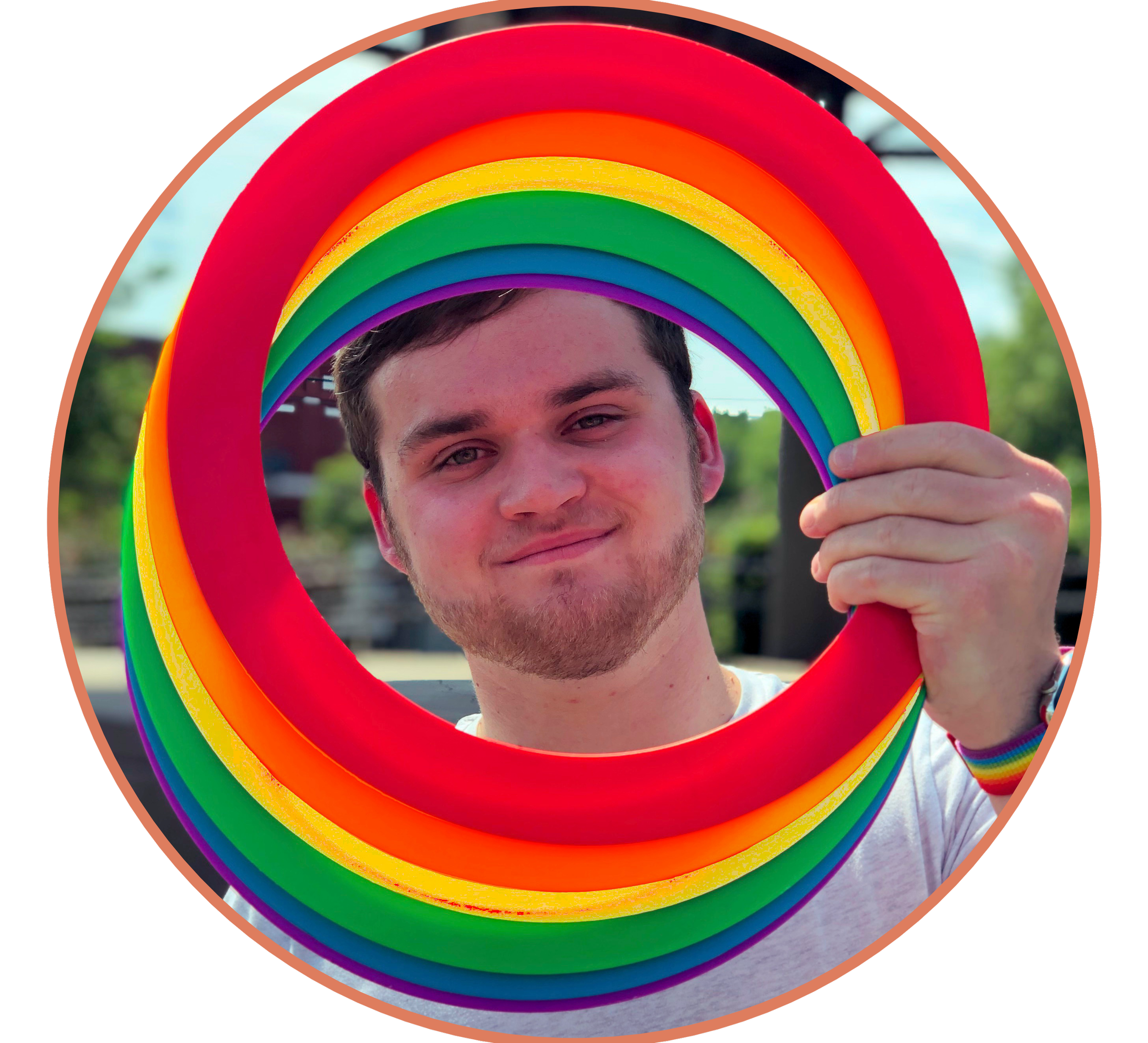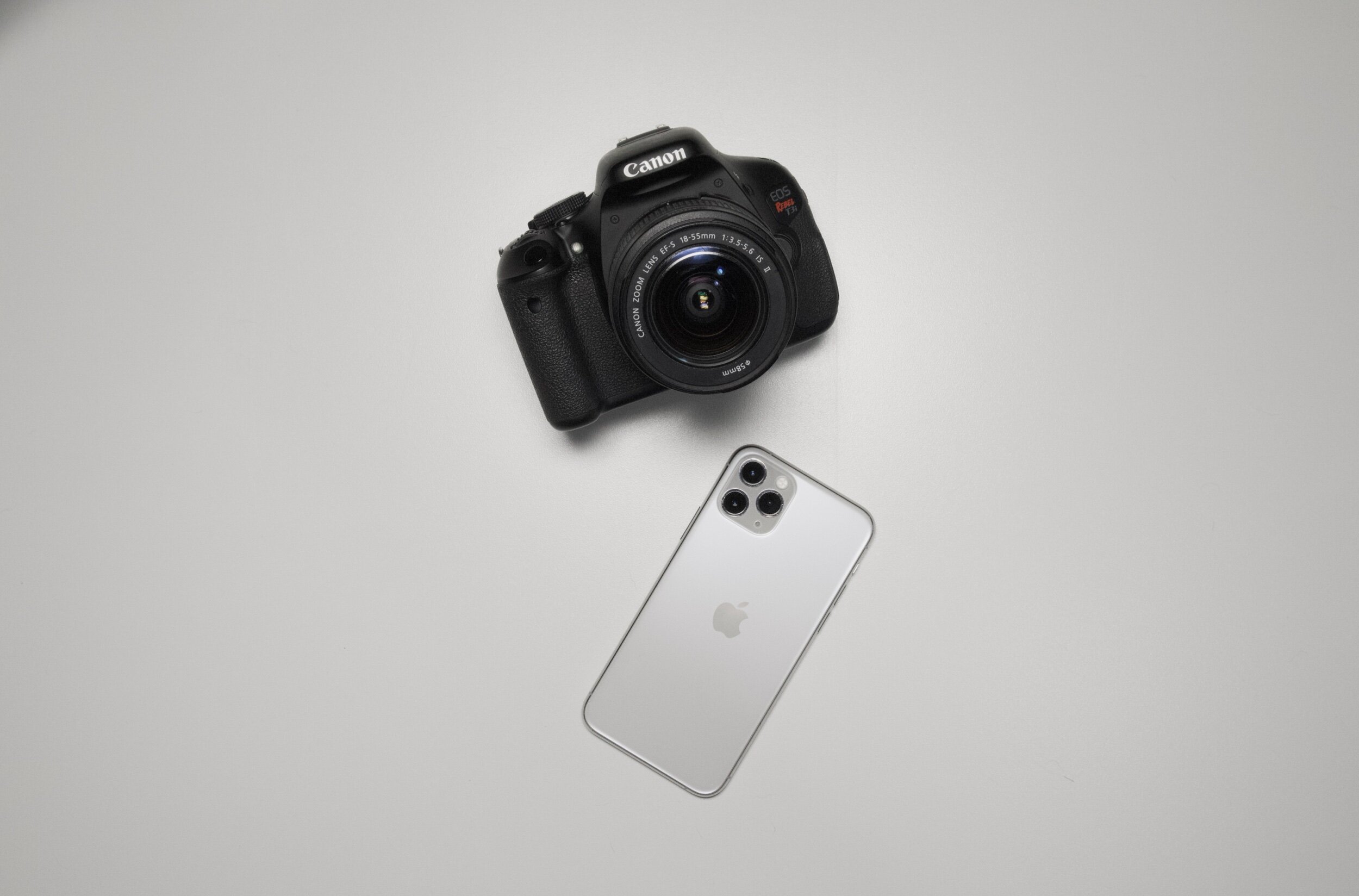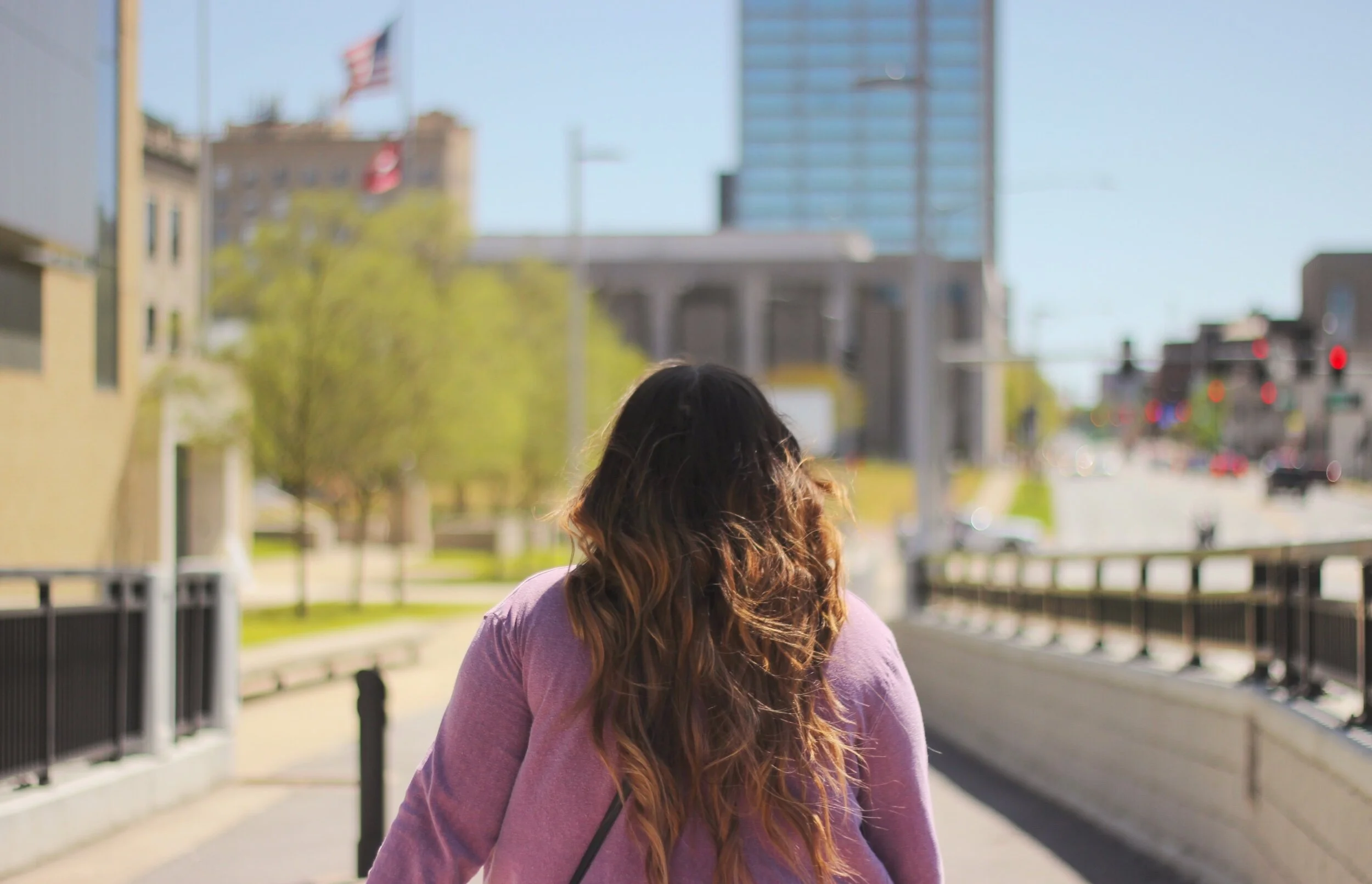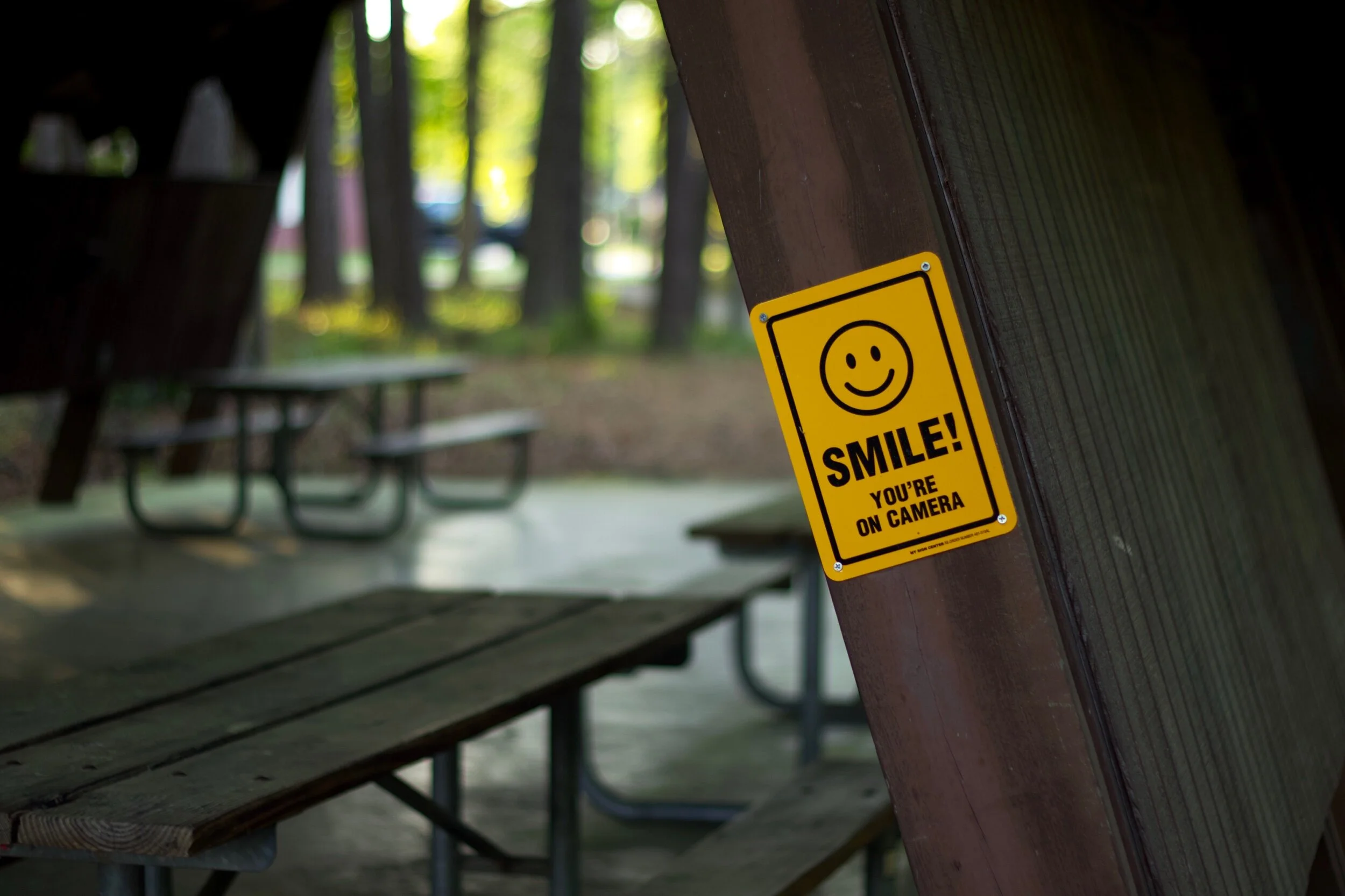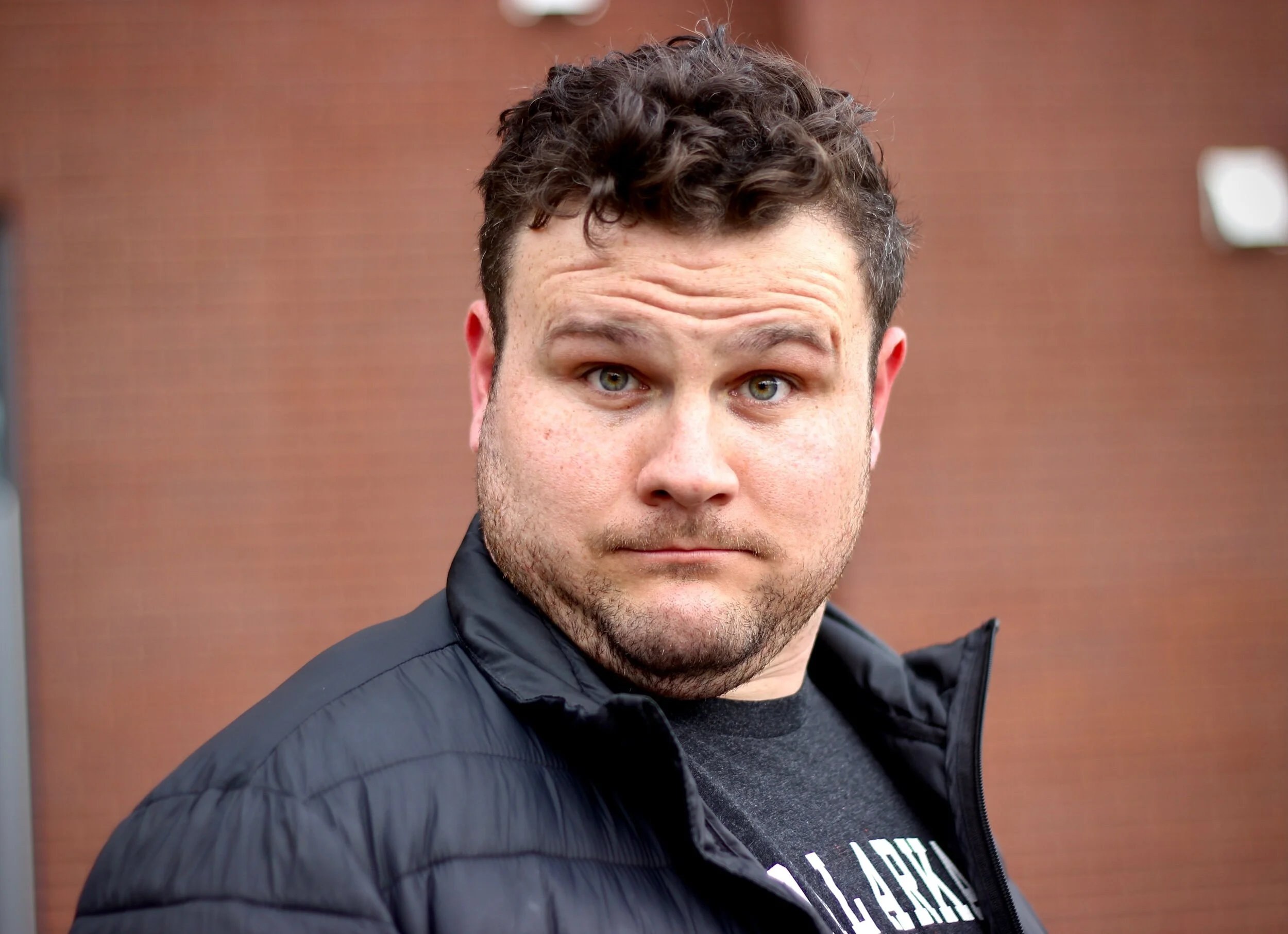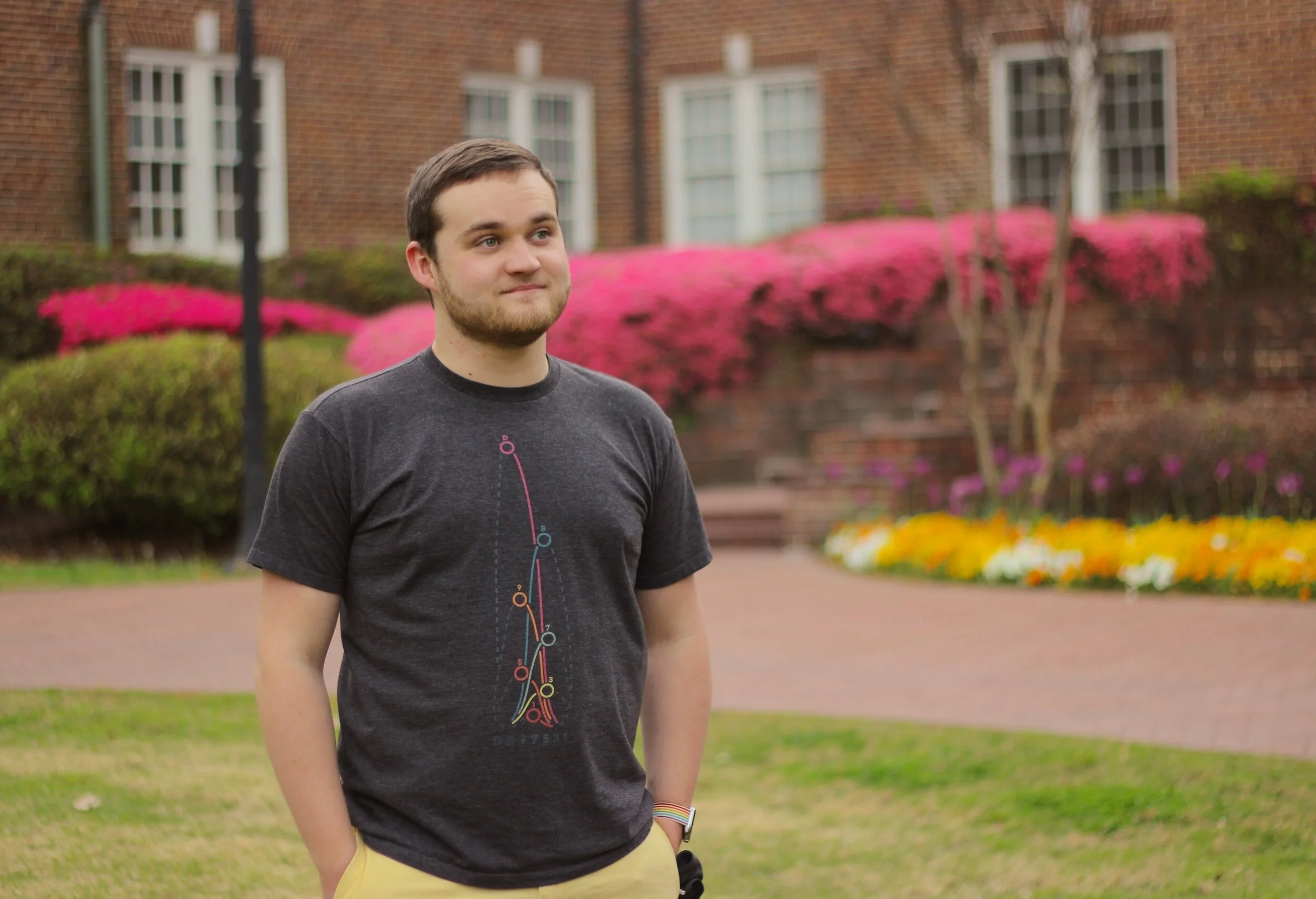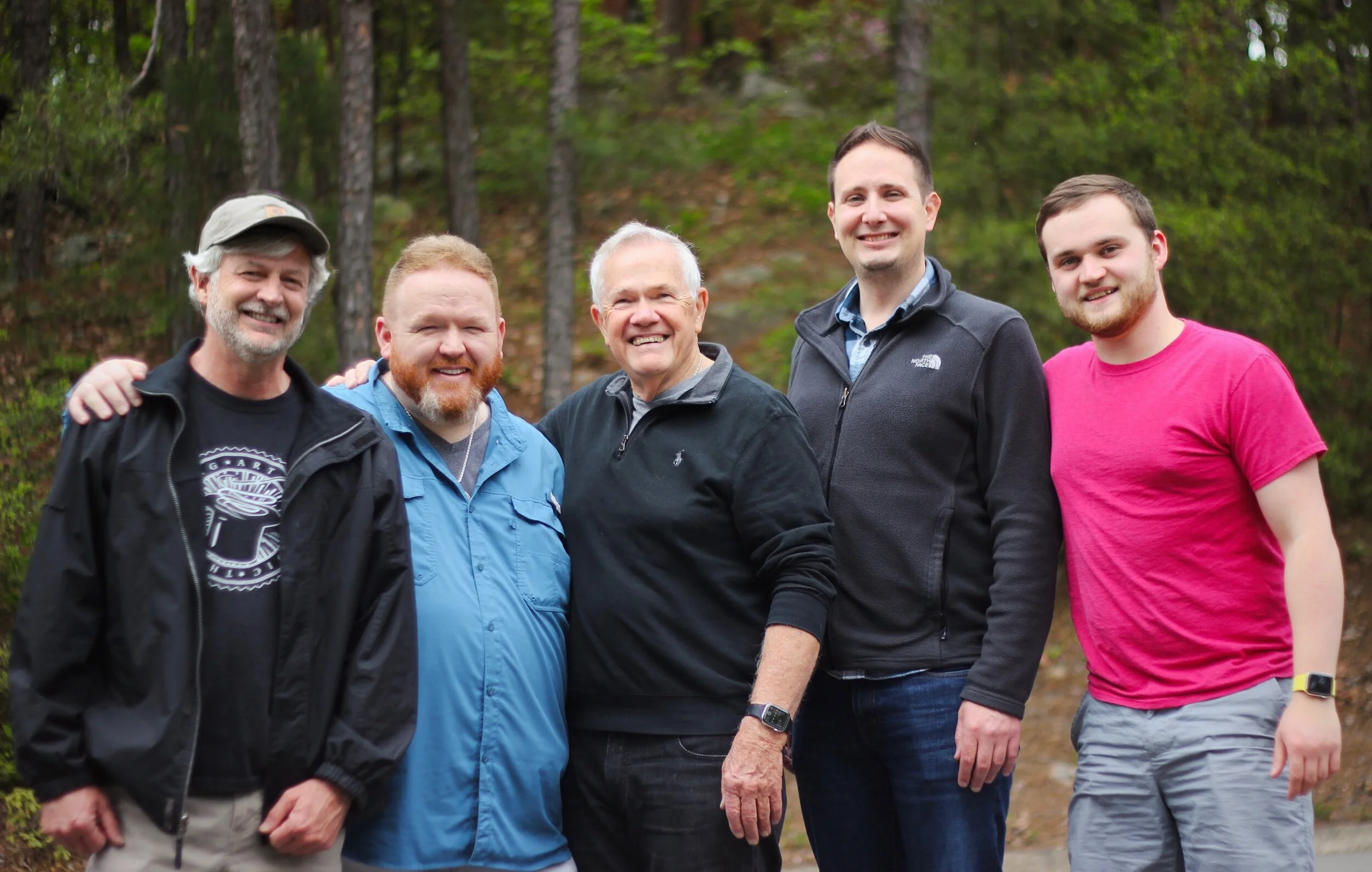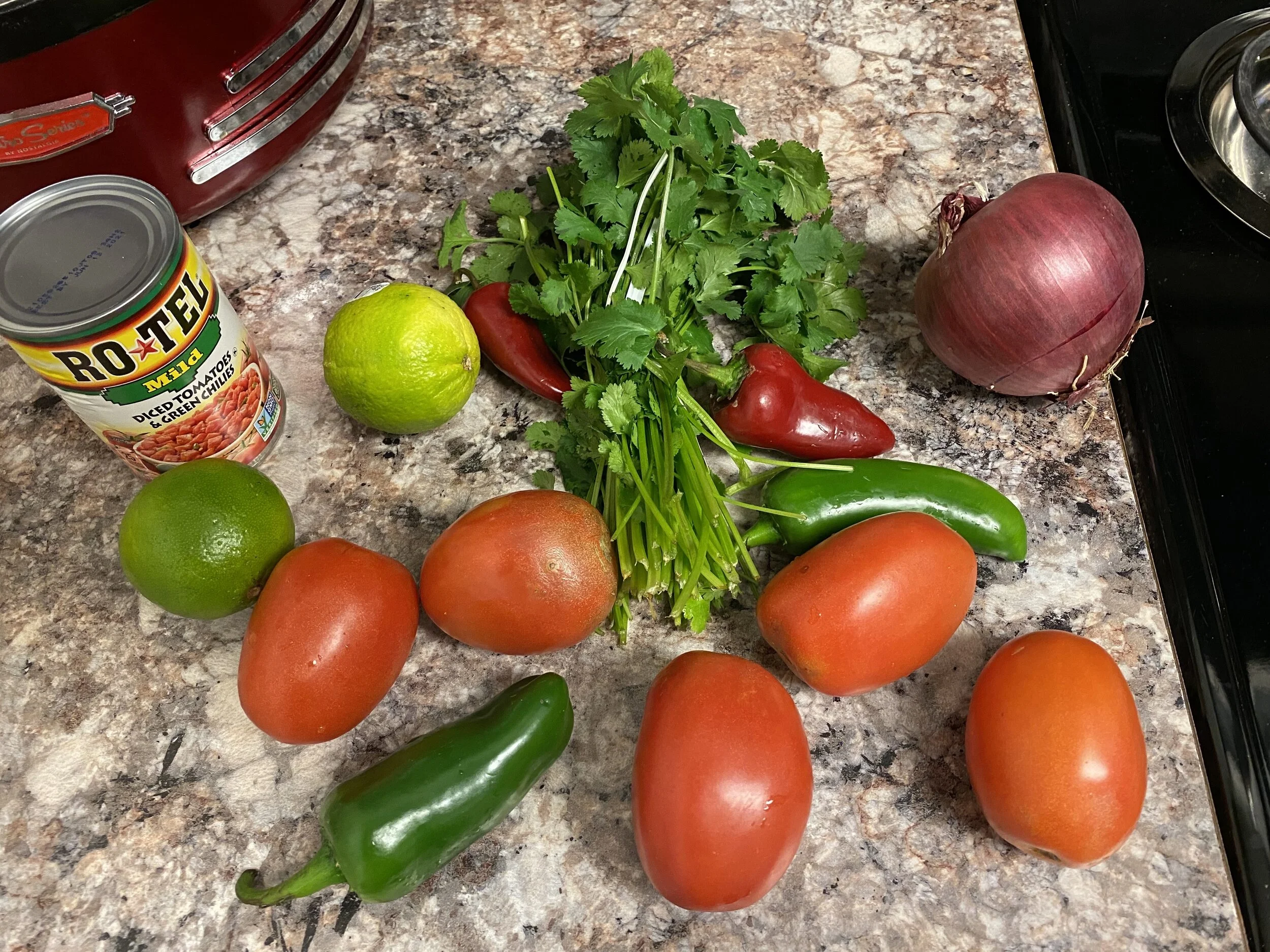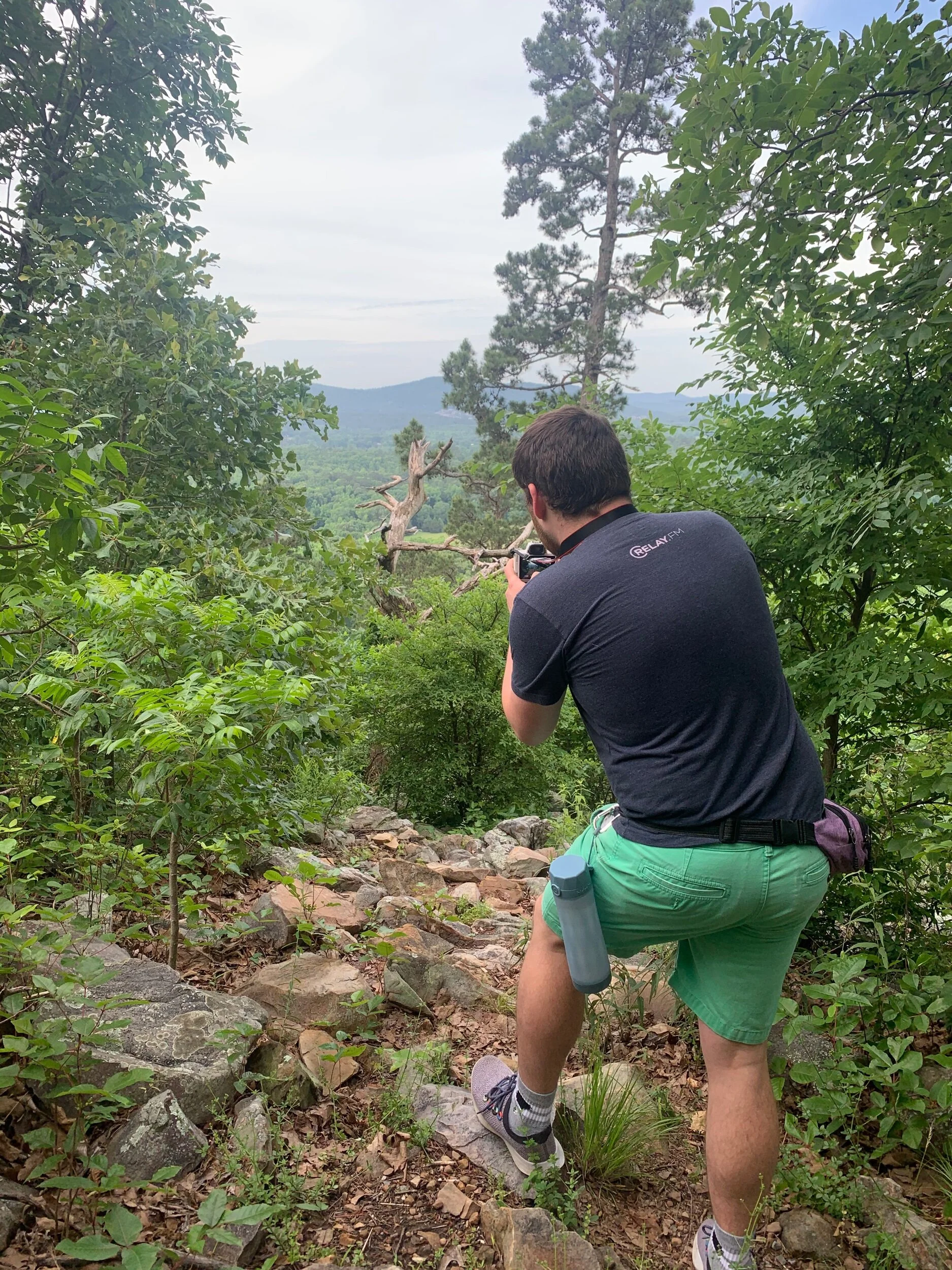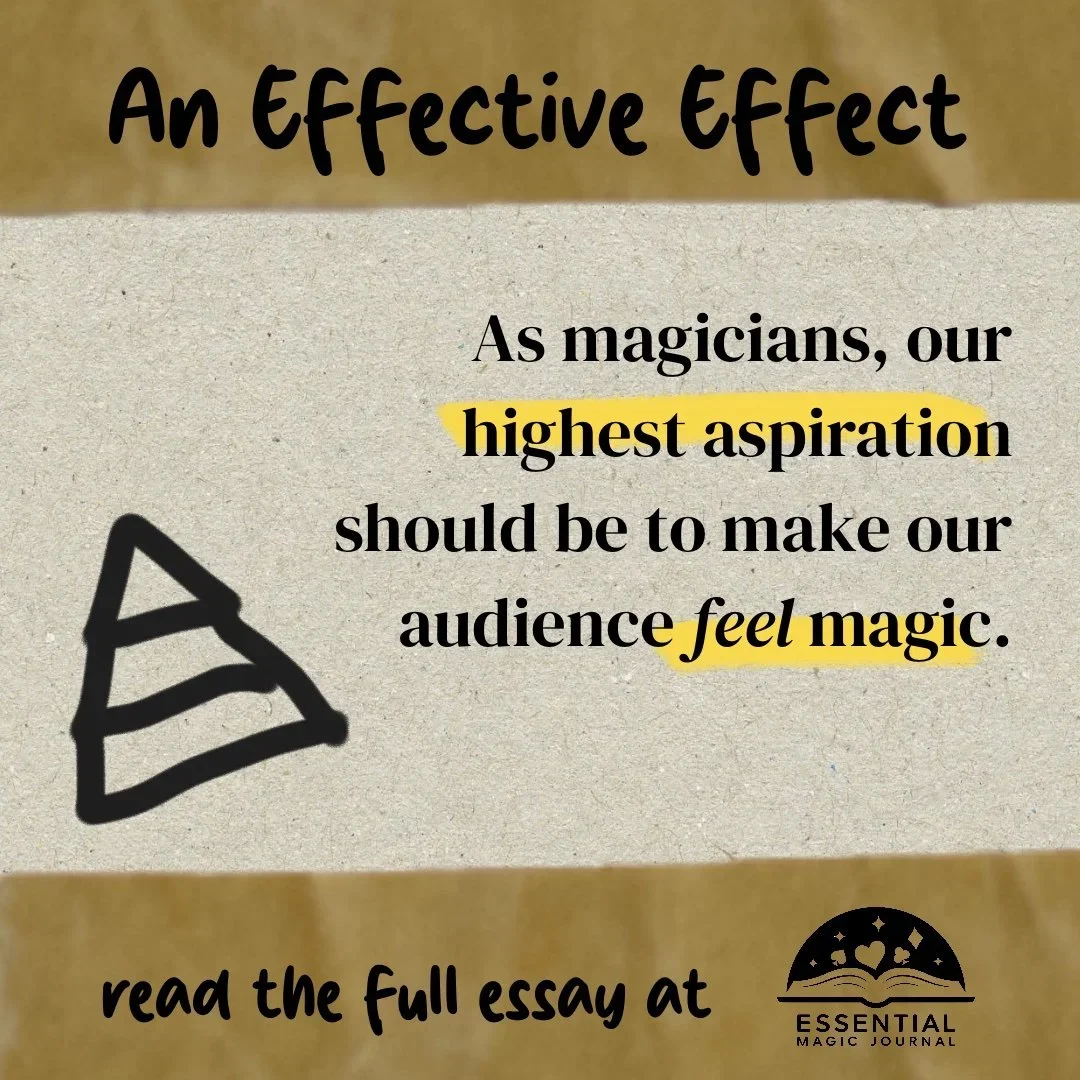Why this ‘minimalist’ is carrying around an extra camera
Recording my memories has always been important to me. It’s why I started my One Second Everyday project, a daily video journal to help me remember and document my life, one day at a time. It’s also why I have maxed out my iCloud storage, to safely store my tens of thousands of photos and videos. I love scrolling through old photos, reminding myself what life was like at different times, and sharing my memories with friends.
Lately, I’ve been thinking more about the importance of memory preservation, and the devices I use to capture photos and videos. Historically, the majority of my photos have been captured on whatever iPhone I had at the time, with maybe a handful from a GoPro or my DSLR sprinkled in. And the quality of the iPhone’s cameras has improved remarkably over the last few years, especially with the addition of portrait mode. In some instances, the iPhone’s camera really rivals expensive DSLR cameras.
This is great news for what some people call a minimalist, who doesn’t want to deal with the clutter of a bunch of gadgets—and their cables and batteries and accessories. And I sure don’t want to carry it around either. But over the past few weeks, thanks to a video about photography via phone vs dedicated cameras, some personal reflection on how I use my phone’s camera in my daily life, and a renewed interest in taking meaningful, thoughtful photos and videos, I’ve started to rethink whether my iPhone should be my primary memory-capturing device.
I think there are 3 main reasons why even a self-identifying minimalist should at least consider using a quality, dedicated camera for preserving memories.
First, learning to use a dedicated camera will teach you how to take better photos. iPhone cameras certainly win the fight for “easy to use,” but pointing and shooting and letting the camera decide what settings are best doesn’t always yield the best photo, or a photo that best reflects how you experienced that memory. Dedicated cameras tend to have a lot more options, which may be daunting at first, but offer a much wider range of creativity. And as you learn to use these features and understand how the camera works, you’ll discover new techniques, be able to experiment with what makes a good photo, and find new ways of taking pictures, and these experiences will make you a better, more creative photographer.
I also believe using a dedicated camera will make you more thoughtful and careful about the photos (or videos) you’re taking. I definitely know, for myself, the way I approach photography with my big camera is often very different to how I do with my phone. I have taken some thoughtful, carefully created, and treasured photos on my iPhone, but way too often, we treat our phone photos the way we treat a lot of things on our phone—a means to some instant gratification or digital thumbs-ups. So many of the photos from my phone are just quick snapshots that I wanted to quickly share, and when our goal is to share with friends for a quick dopamine hit, the end result is rarely a meaningful memory we’ll care about in ten years. But with a camera, there’s a long process before we share—exporting, curating, editing, transferring, and more. I think this delayed gratification changes our perception of the photography itself; instead of taking pictures for quick likes, we’re taking them for us, which means we put more thought and care into what we’re shooting. We’re also forced to curate the photos, searching for our favorites, thinking about which ones matter the most and which ones can be deleted, which is starkly different to the “snap it, share it, forget it” mindset that often accompanies our phone pictures.
Finally, dedicated cameras often just produce better*** quality images. Yes, there are a billion asterisks, because I’ll be the first to argue that iPhone cameras can produce phenomenal, valuable, hang-on-your-wall-level pictures. But with enough practice and skill, even a cheap, decade-old DSLR (like mine) can outperform the iPhone in many scenarios, and can take extremely high quality photos and videos. The portrait mode on iPhone is one of my favorite features, because it produces a beautiful blurred background that makes the subject stand out, simulating the type of depth of field our eyes see (i.e., a more accurate representation of your actual memory), but the digital blur is limited and doesn’t compare with the true shallow depth of field produced by a wide aperture lens on a premium camera. Once you’ve mastered the settings and learned to use it, a DSLR, mirrorless camera, or even a decent point and shoot can produce stunning, high quality, hang-in-a-museum photos that you’ll treasure forever.
With all of these thoughts bumping around in my head as of late, I’ve dusted off my old DSLR and made it a point to carry it along with me, and I’m glad I did. Below are a few pictures I’ve taken in the past couple weeks. Looking through the “favorites” album on my phone for the past six months, an overwhelming majority of the photos I felt were worthy of a “heart” are the pictures I took on my DSLR in the past month or so. Using my big, dedicated camera has forced me to be more thoughtful about whether I take photos in the first place, how much effort goes into getting the perfect shot, the curation of the photos afterward, and the effort put into editing them to get just the right feel to best represent the memory. If you have an old camera lying around, I challenge you to carry it everywhere for a week; see if it changes how you captures the memories you want to treasure.
